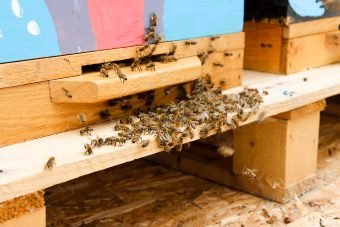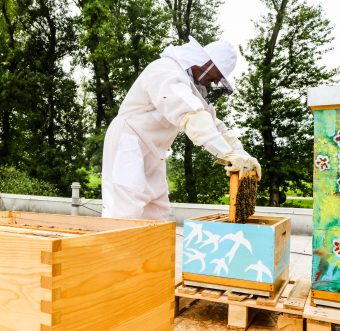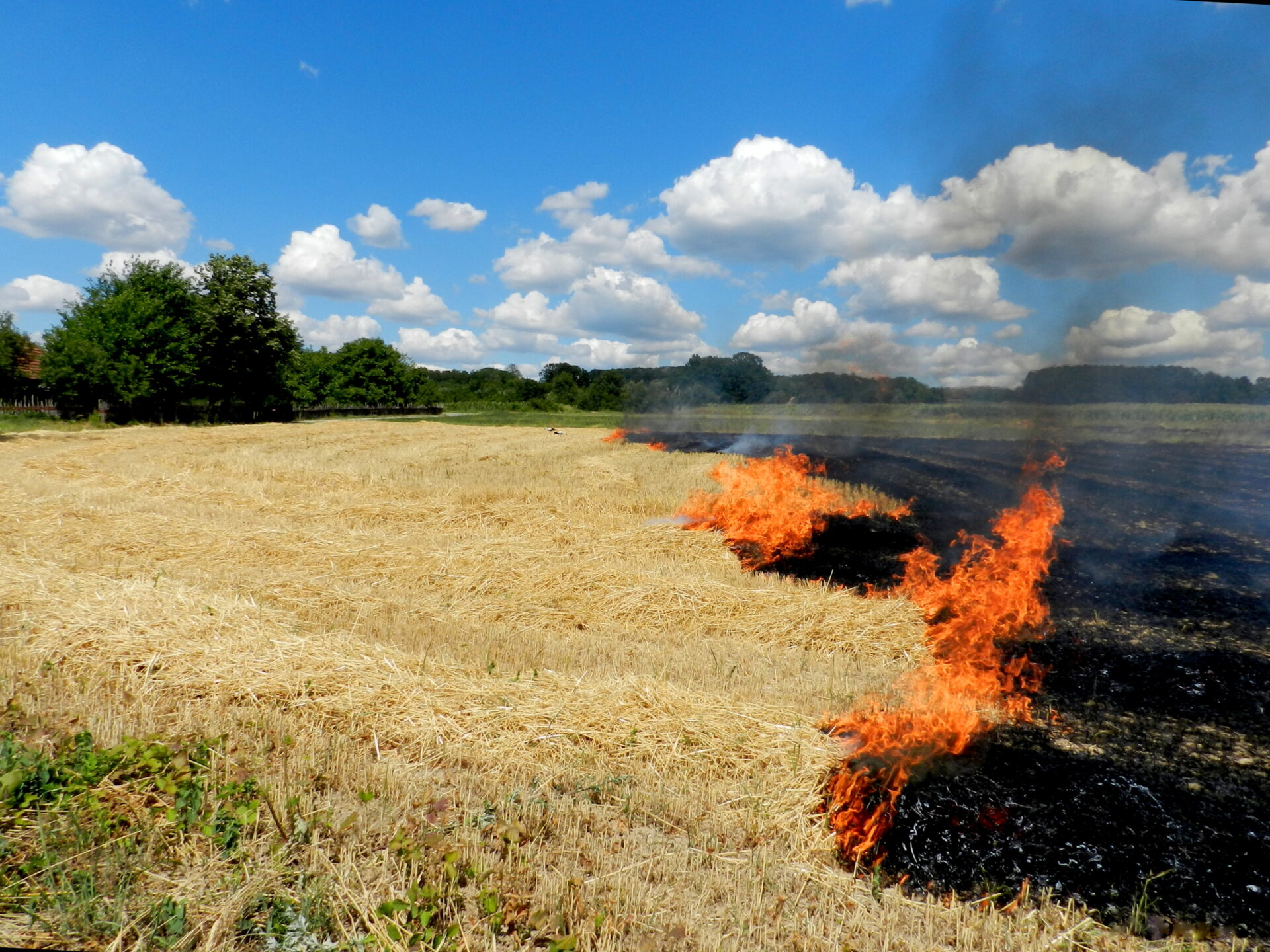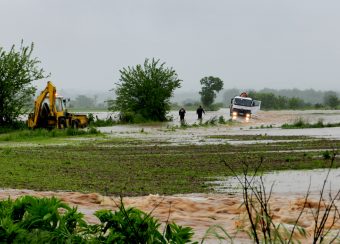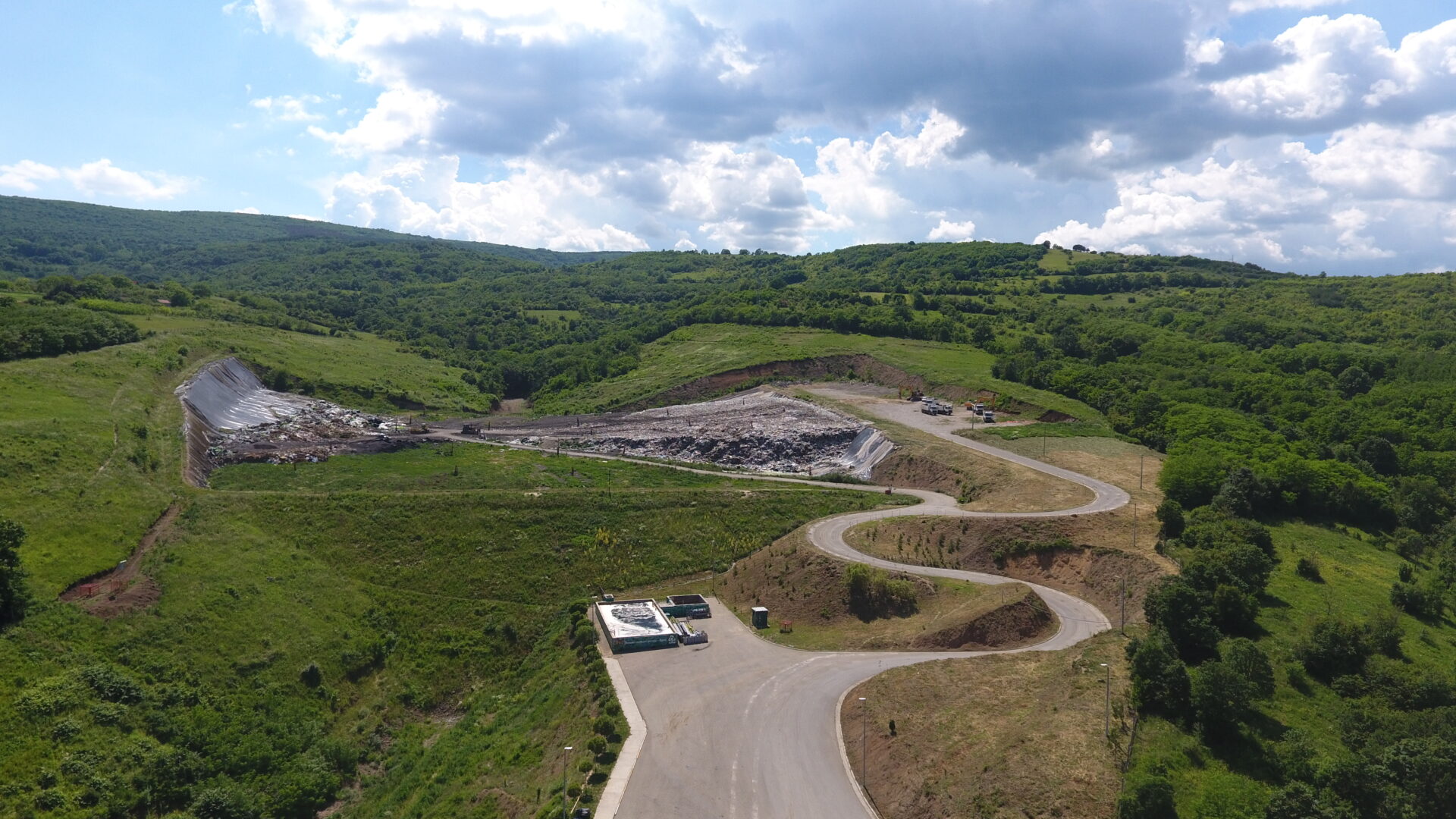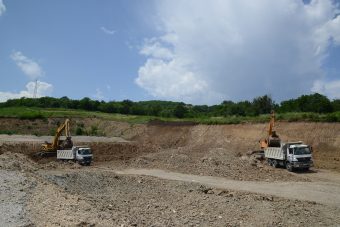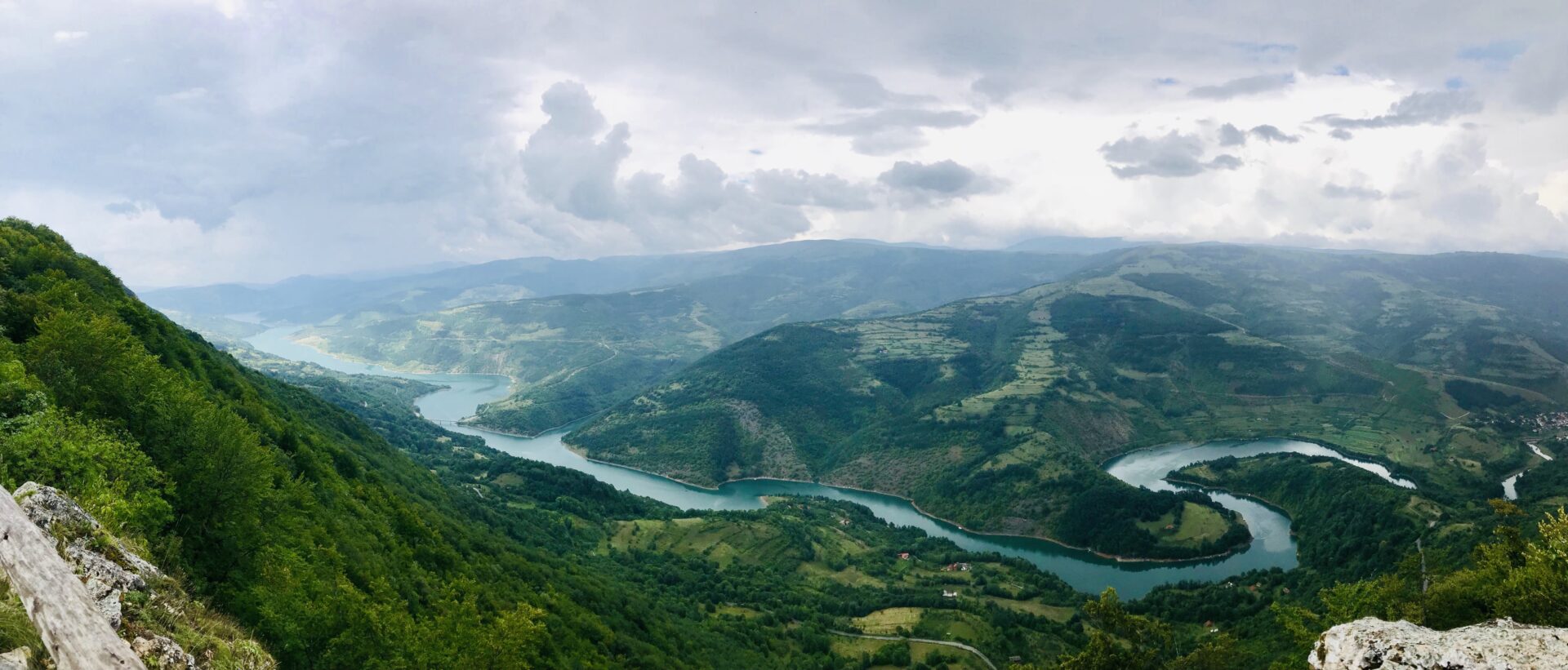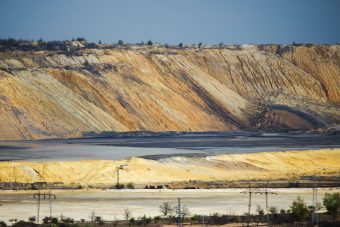Recognizing that their fellow citizens have moved too far away from nature due to lack of time and money and with the desire to bring nature directly into their four walls, five students from Serbia have joined thinking about it, and that’s how AlgiOx was born.

David Vucen, Ivana Stankov, Ivan Citakovic, Mina Hasanovic and Jovan Jovanovic met in February during the ParkUp! competition at the Science and Technology Park in Belgrade. For five days, they were intensively developing their initial idea, and their effort was wreathed in victory and the opportunity to present a new means of combating air pollution. According to them, AlgiOx is smart, self-sustaining air generator that uses the power of microalgae to produce oxygen and remove harmful particles and gases from the air.
The general public has recognized the importance of this innovation, so the newspapers published stories about Serbian youth who cleans the air with the help of microalgae. Readers received this news with enthusiasm and pride. “Our device works according to the natural principle of photosynthesis”, explained Ivana Stankov, reminding us of the basics of biology – microalgae produce oxygen that we breathe while absorbing carbon dioxide that we release when breathing.
AlgiOx is better than other air generators on the market because it is more than that. It makes something we all need – air. Ivana told us about one more advantage compared to the other commercial devices. “Thanks to the mobile app, users could connect with their device and check the air quality and other parameters in their home anytime they like”, Ivana discovered us.
The team, however, thinks they can still improve their invention. According to Ivana, the size of AlgiOx device could be a problem, because people got used to the small appliances, but the team is already working on it.
In focus:
At the end of the year, they will test the air generator in real conditions. About ten chosen candidates will have the opportunity to try the AlgiOx in their homes. “We incorporated in this device all the assumptions about possible criticism, and now we want to check them”, said our interlocutor and added that they have high expectations.

Although robust at first glance, AlgiOx is not an overly energy-consuming appliance. “The invention is very green and consumes up to 50 watts of electricity per hour which is less than the average light bulb – in case it works 24/7 at maximum load, which generally does not happen. It uses the sun as one of its primary energy sources, while in other situations it draws less than 25 watts per hour. This is almost the same as a phone charger”, Ivana pointed out.
In several competitions, the team has ranked among the best start-ups, and each of the competitions brought them one step closer to realising the project. “AlgiOx has received a lot of support from the community, and that makes us very happy! We are glad that people recognize our vision of a healthier environment and a better life for future generations”, said the representative of the innovators’ team. Given that mass production is essential for the development of every start-up, AlgiOx is looking for an investor who will understand its value and hopes to hit the market in the third quarter of the next year. To this end, they will apply for various funds next year, including the Innovation Fund.
Except in households, these young inventors imagine that AlgiOx will also be used in kindergartens and schools someday, where our young generations spend most of the time.
In the future, they are to certify the safety of AlgiOx device and they are getting ready to participate in competitions and programs to help them grow their business. They are also planning a crowdfunding campaign. “It would mean the help of individuals who have experience in designing”, Ivana told us. Also, an industrial designer would be an important reinforcement for them.
The money they received in 2019 from the City of Belgrade will be invested in renting a workspace where they will work on improving the device and educating team members.
Ivana, on behalf of the whole team, invited us to grow air. We will respond to her call. How about you?
Prepared by: Jelena Kozbasic
This article was published in the new issue of Energy portal Magazine GRINNOVATIONS, December 2019 – February 2020.





